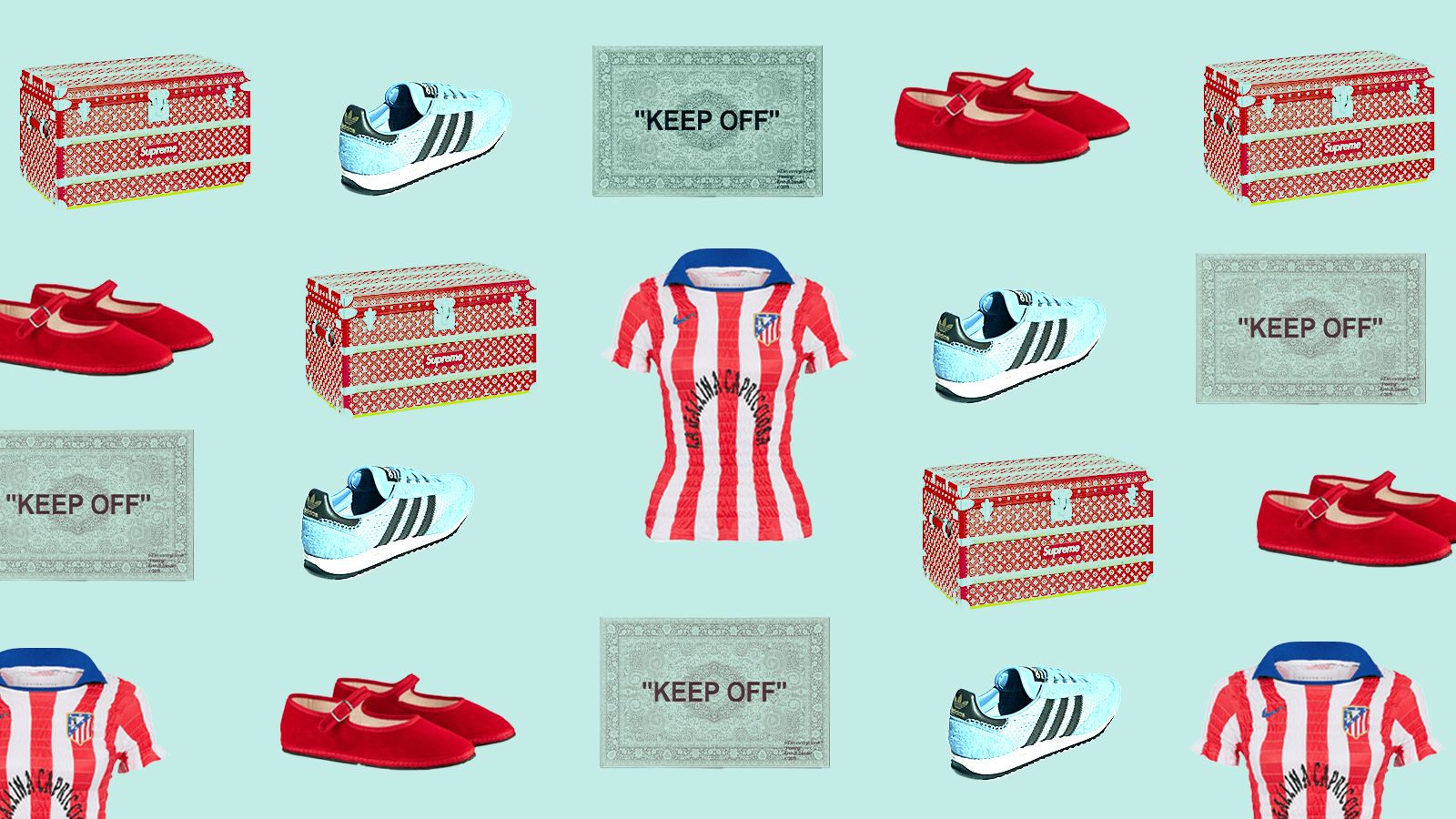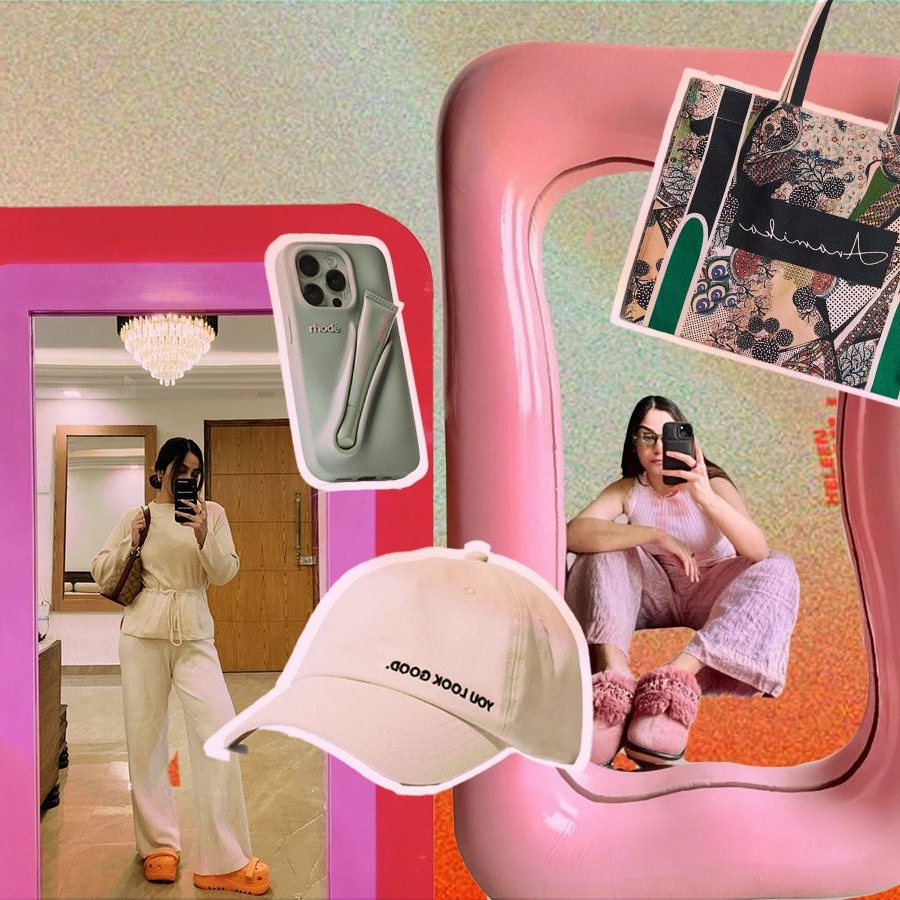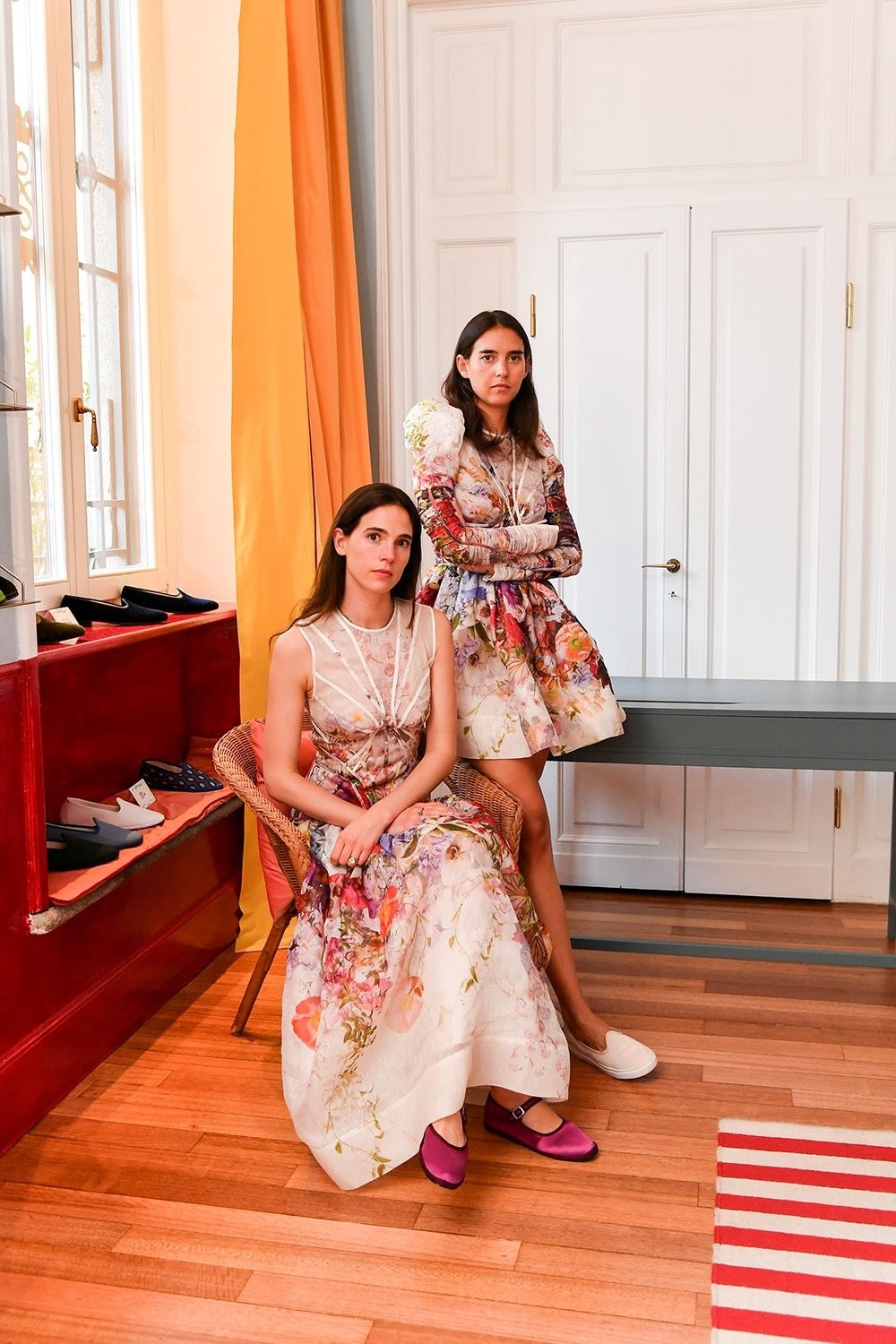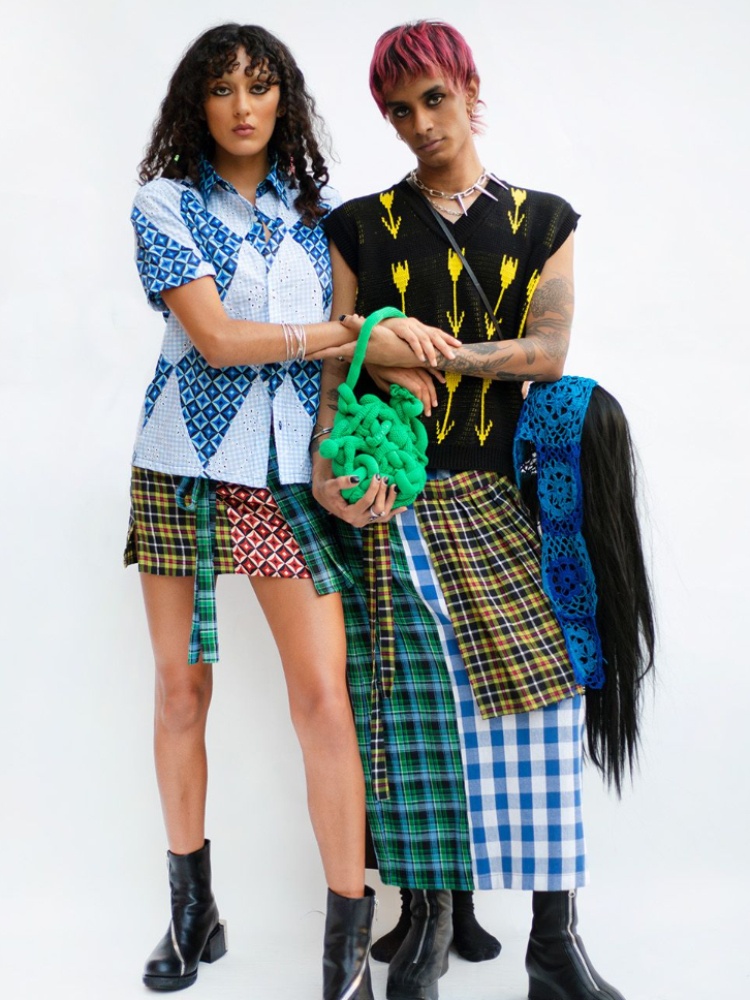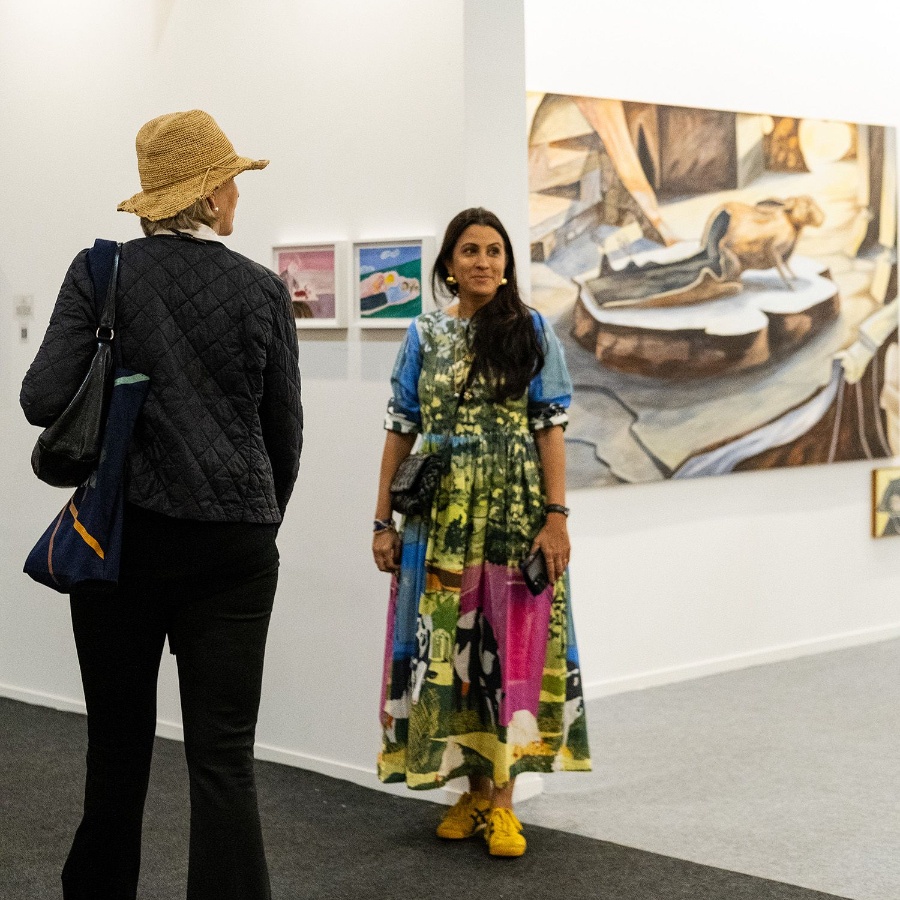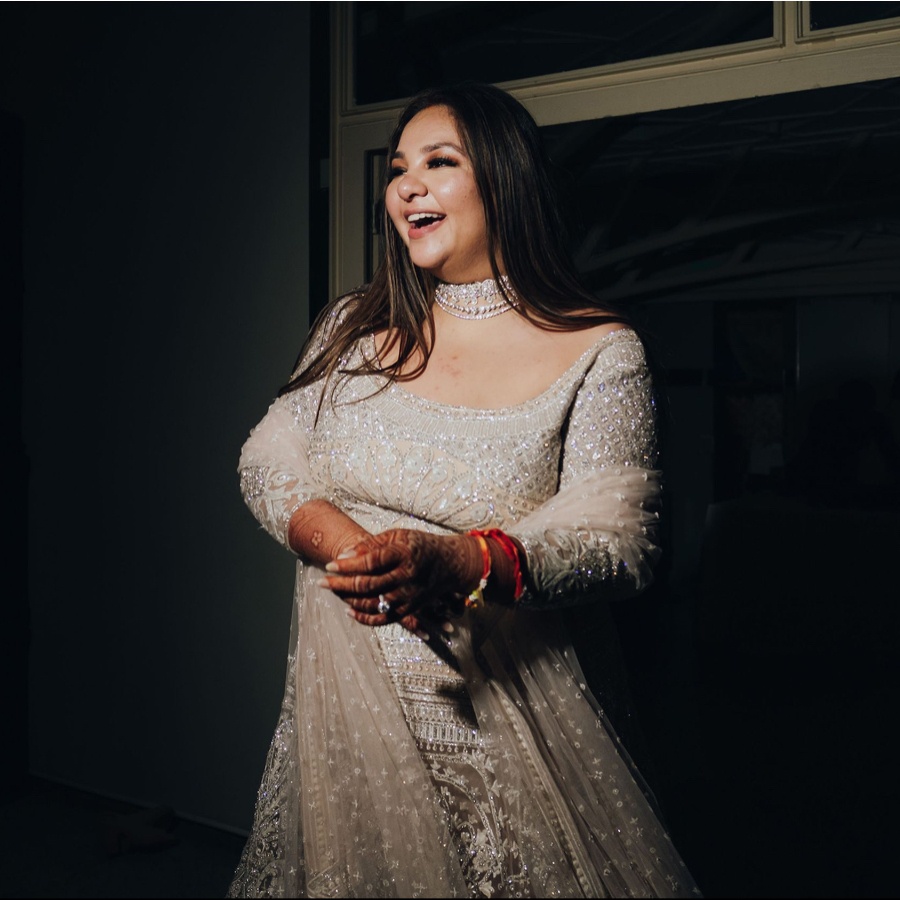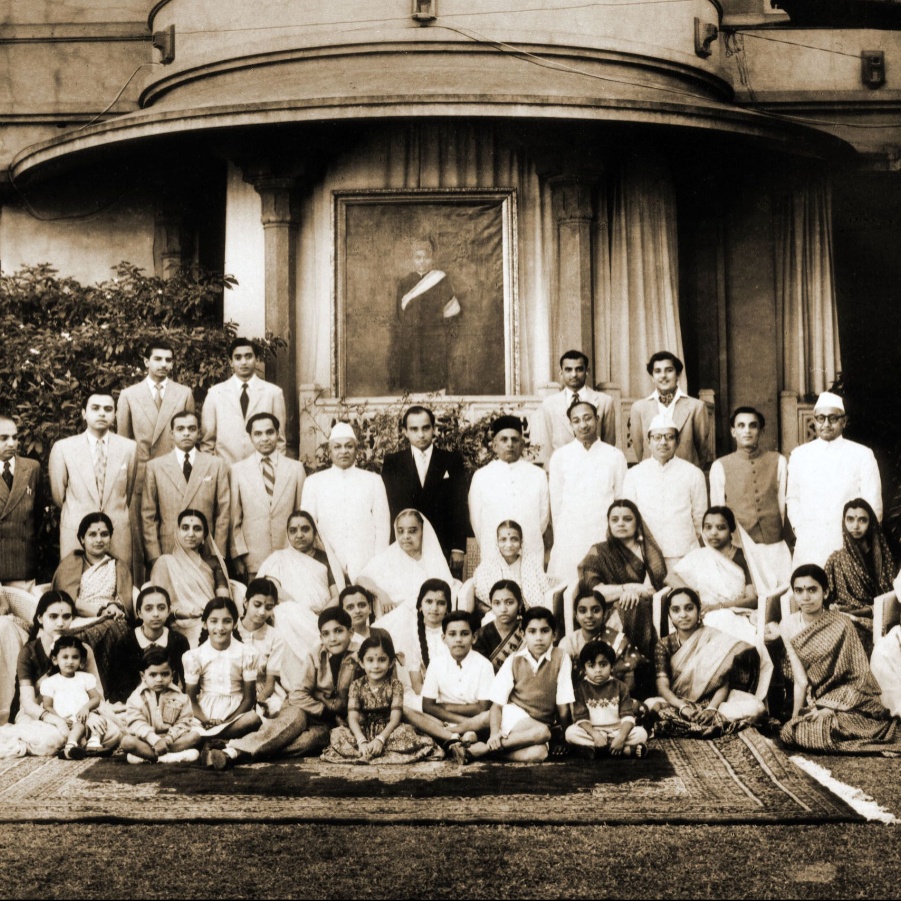Not too long ago, in the mid aughts, hype was everything. ‘Hypebeasts’ swore by streetwear from brands like Supreme, Off-White, and Palace, lining up for hours—even days—in virtual queues, just to get their hands on exclusive drops of anything. Think of the late Virgil Abloh’s Ikea collaboration that featured a rug which spelt out the words ‘Wet Grass’. Or Kanye West’s first Yeezy collection (before he was cancelled) with its distressed, hole-filled knits that he dubbed “homeless sweaters”. Let’s also not forget the Supreme Brick, a US$30 clay brick with the brand’s logo emblazoned across it, proving that, well, anything could be hyped up—even an unwearable brick. Those were the days when the weird and wonderful world of hype culture could not shock anyone. Not even when A Bathing Ape released a baby stroller for hype-loving parents or when Supreme collaborated with luxury brand Louis Vuitton to make a US$68,500 leather trunk. Who bought this limited collection of obscenely priced travel luggage? We’ll never know (or actually, the answer seems to be rich teenagers).
Cut to 2024; now hype culture is on shaky ground. Supreme, one of the leading brands of the phenomenon and a highly valuable player up until 2018, saw its first change of ownership in 2017 when private equity firm The Carlyle Group acquired a 50 per cent stake in it. In 2020, VF Corporation, owner of Vans, The North Face, and Timberland acquired the brand from The Carlyle Group, only to see it go this year to eyewear giant EssilorLuxottica, owner of Oliver Peoples, Ray-Ban, Oakley, and Persol. According to GQ, the brand had been experiencing a steady decline in value among superfans in the resale market, with StockX reporting that the average price premium of Supreme apparel and accessories fell from 67 per cent in 2020 to 57 per cent in 2022.
Off-White, another hype behemoth with iconic collaborations and popularity, was acquired by luxury conglomerate LVMH in 2021. At the time of acquisition, it was at its peak hype status owing to a solid community and clever cultural collaborations (Rimowa, Nike, and Ikea). A few weeks ago, it was sold off to Bluestar Alliance, as the brand struggled to maintain its cultural relevance after founder Virgil Abloh passed away in 2021.
With fashion veering more towards movements like quiet luxury, different ‘core’ cultures, and our continued obsession with the ’90s, could hype be shifting away from perplexing and ironic ‘cultural’ items (we see you McDonalds x Travis Scott meal) to IYKYK niche products that are steeped in heritage and storytelling?
When ViBi Venezia’s red velvet plimsolls were first spotted on Kate Moss back in 2017, it changed the trajectory of the then three-year-old brand that was founded by two Italian sisters, Vera and Viola Arrivabene Valenti Gonzaga. “We started in 2014, at a time when Instagram was taking off,” explains co-founder Viola to The Nod. At the time, working a full-time job in fashion PR at Karla Otto, she saw a picture of Kate Moss wearing one of their Venetian-inspired shoes in British Vogue. She called the editor to tag the brand, and moments later, the shoe was splashed across Instagram, Daily Mail, and pretty much every other lifestyle platform. The red shoe was a hit and sold out on the brand’s website within minutes. “A few years later, even the Financial Times wanted to feature us to discuss the phenomenon. I thought they were joking,” she says.
